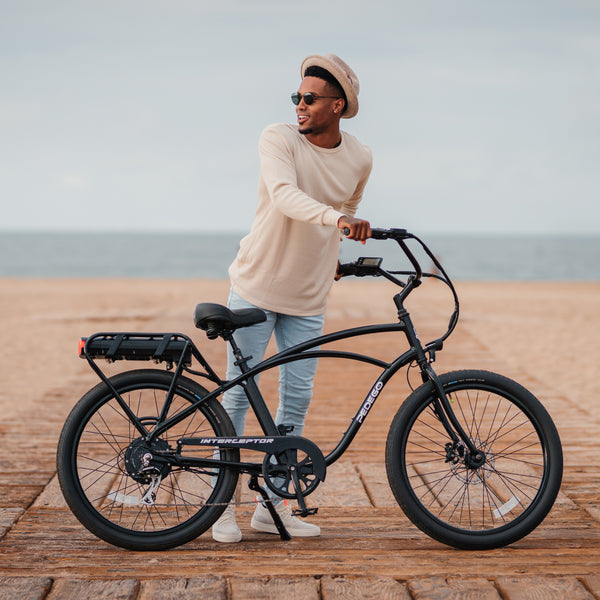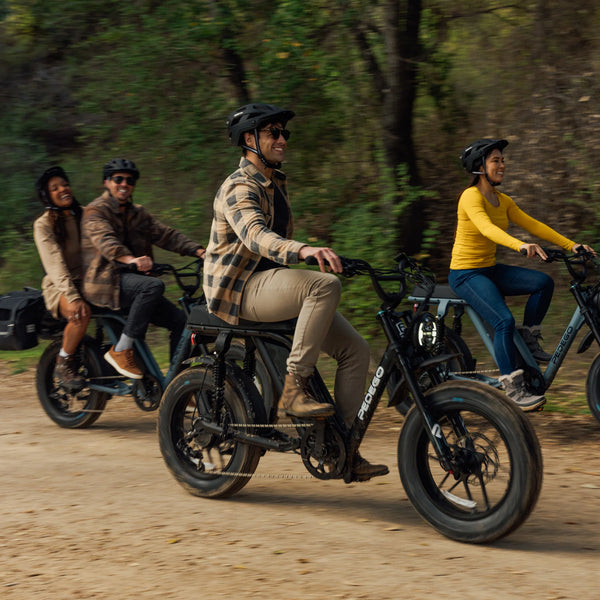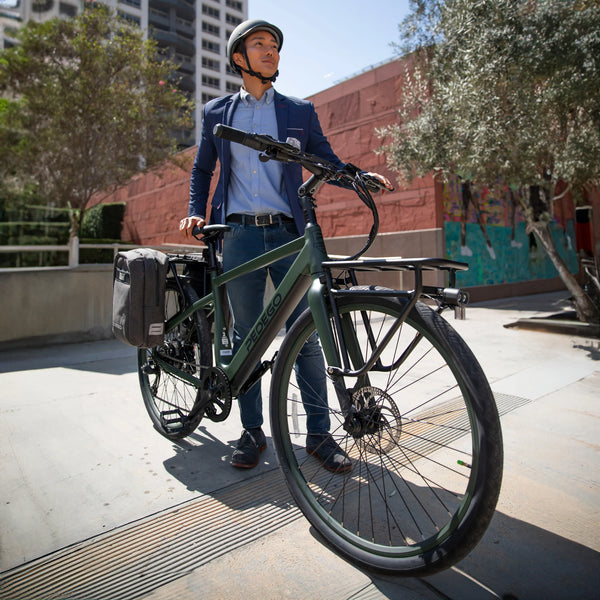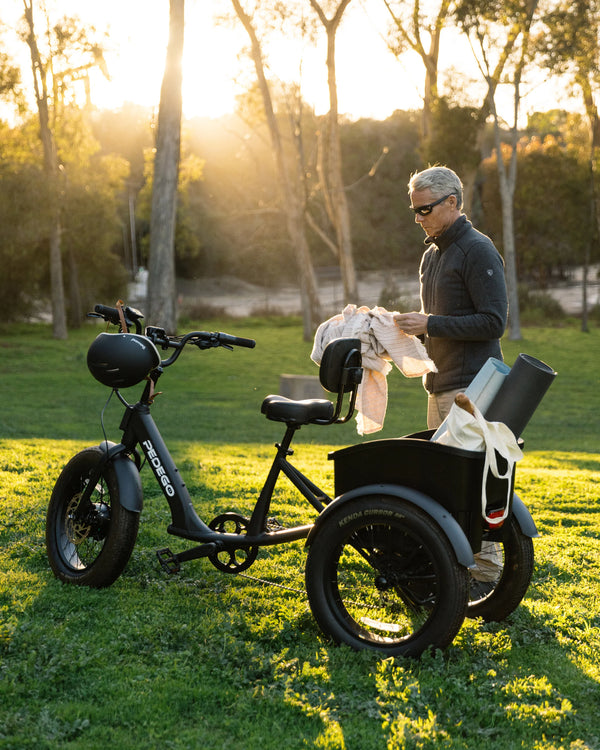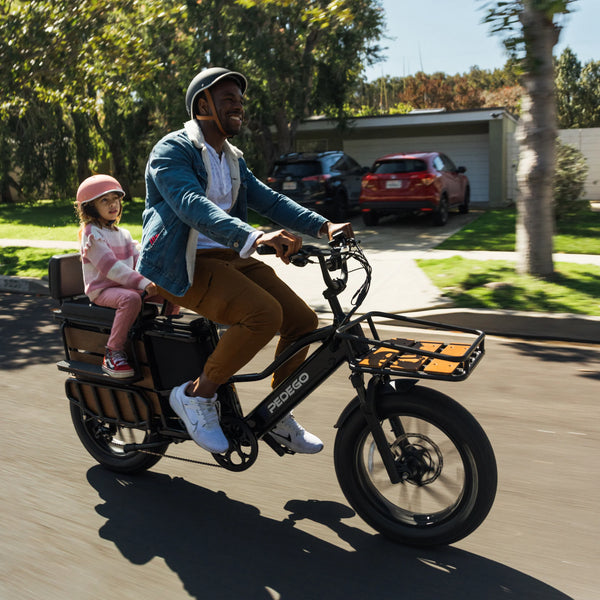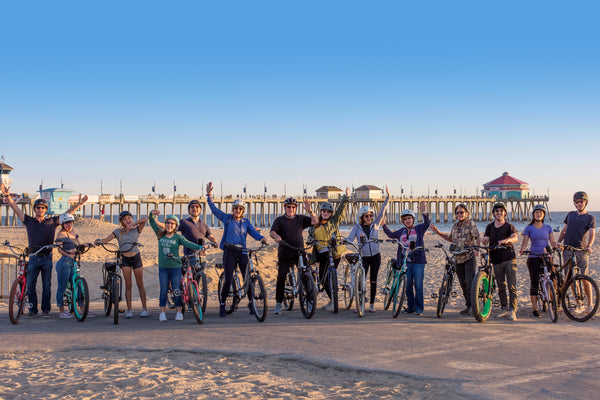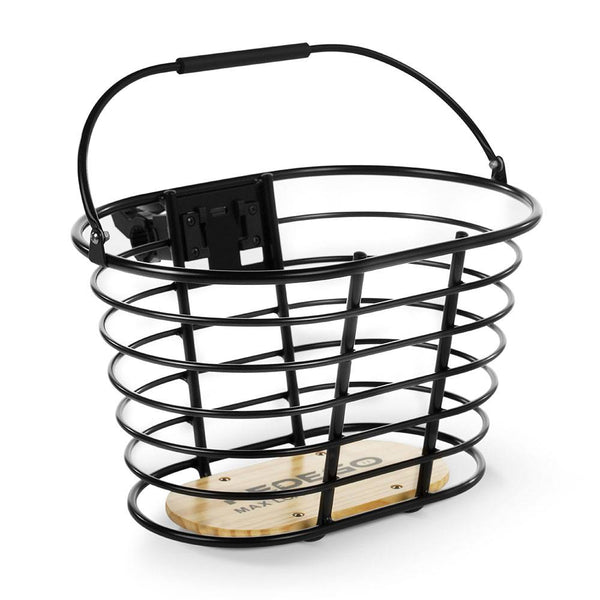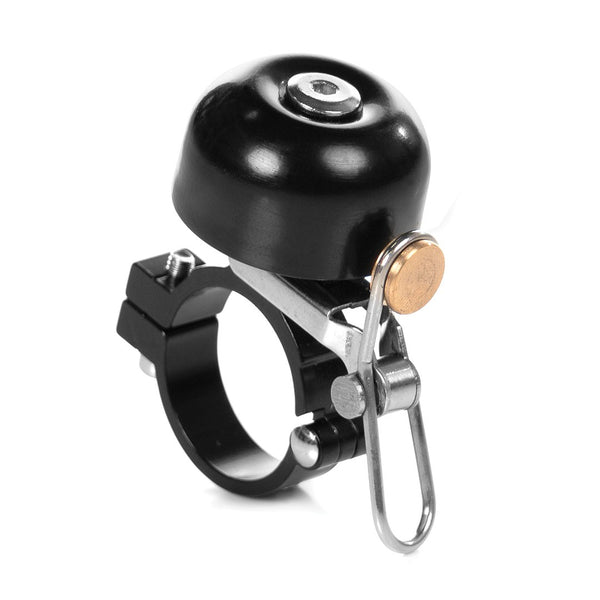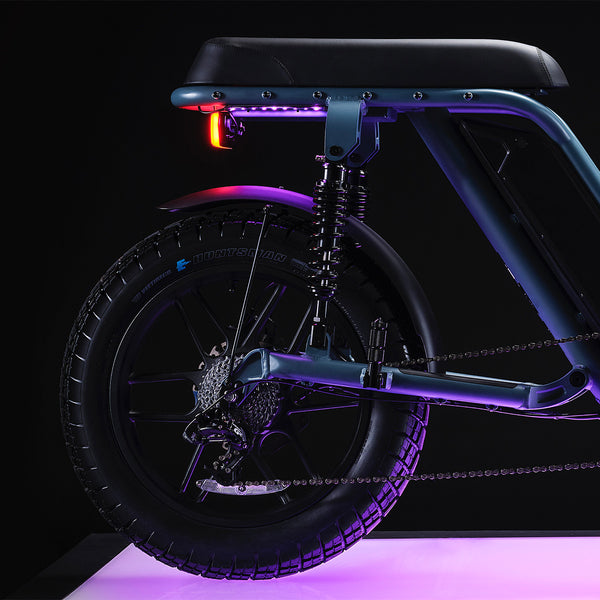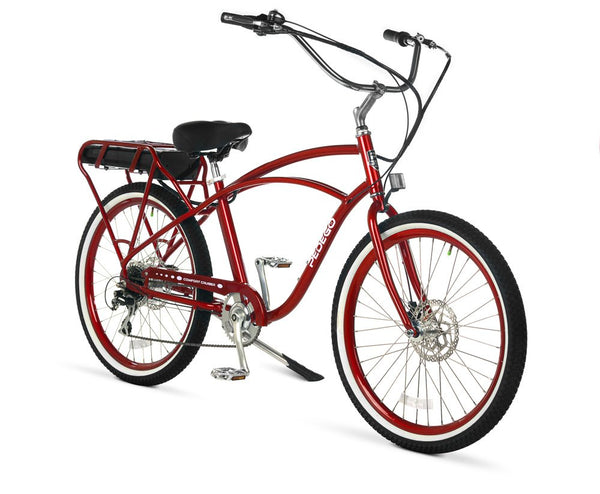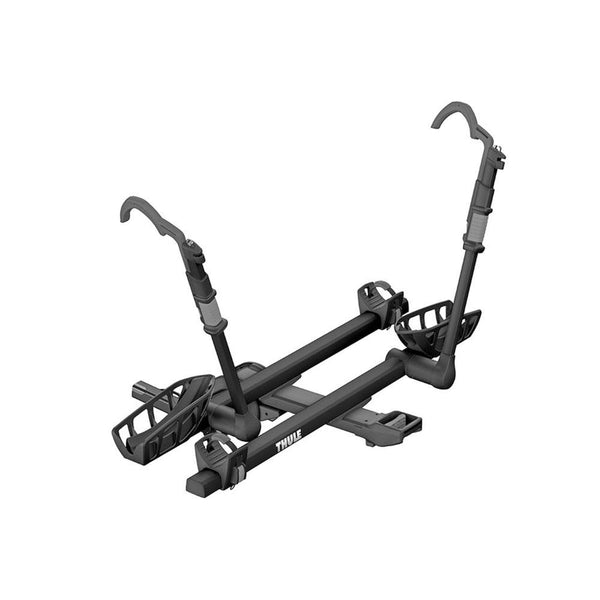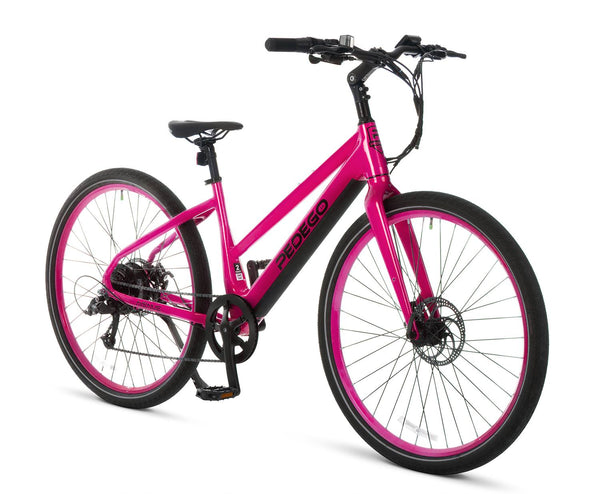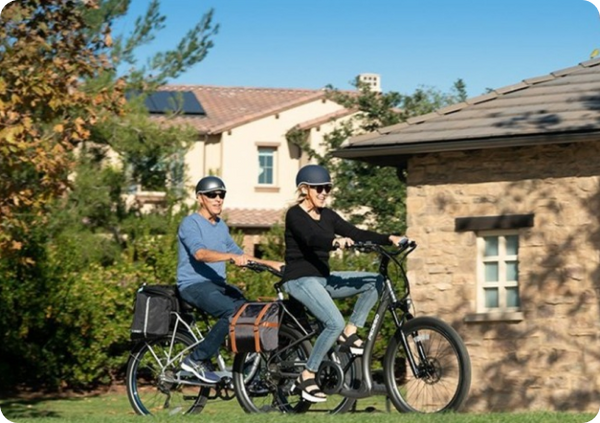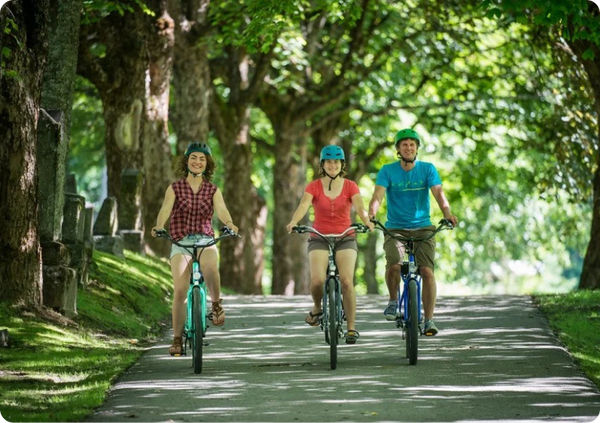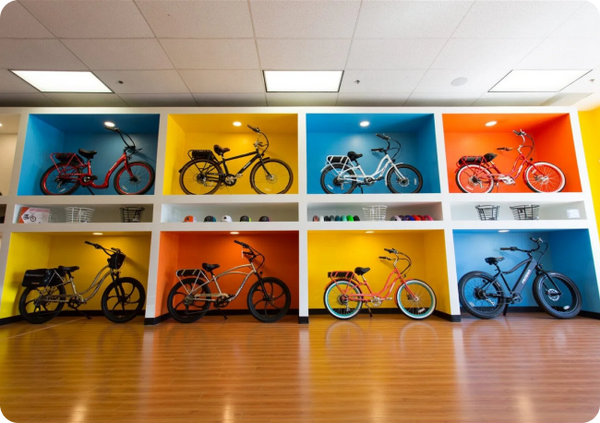Electric bicycles in China
Electric bicycles in China
SHANGHAI — Jiang Ruming, a marketing manager, owns a van, but for many errands, he hops on a futuristic-looking contraption that lets him weave rapidly through Shanghai’s messy traffic. He rides an electric bicycle.
Electric bicycle riders in China, where about 120 million such bikes are used, with some going up to 30 miles an hour.
Half a world away, in San Francisco, the president of that city’s board of supervisors, David Chiu, uses an electric bike to get to meetings without sweating through his suit.
And in the Netherlands, Jessy Wijzenbeek-Voet recently rode an electric bicycle on a long trip that, at 71, she would not have been able to make on a standard bike.
Detroit may be introducing electric car designs and China may be pushing forward with a big expansion of its highways and trains. But people like Mr. Jiang, Ms. Wijzenbeek-Voet and Mr. Chiu — as well as delivery workers in New York, postal employees in Germany and commuters from Canada to Japan — are among the millions taking part in a more accidental transportation upheaval.
It began in China, where an estimated 120 million electric bicycles now hum along the roads, up from a few thousand in the 1990s. They are replacing traditional bikes and motorcycles at a rapid clip and, in many cases, allowing people to put off the switch to cars.
In turn, the booming Chinese electric-bike industry is spurring worldwide interest and impressive sales in India, Europe and the United States. China is exporting many bikes, and Western manufacturers are also copying the Chinese trend to produce models of their own. From virtually nothing a decade ago, electric bikes have become an $11 billion global industry.
“It’s miraculous — it takes the hills out of riding,” said Roger Phillips, 78, who rides an electric bike around Manhattan. The sensation is akin to a moving walkway at the airport, he said.
Electric bikes have been a “gift from God” for bike makers, said Edward Benjamin, an independent industry consultant, not only because they cost more — typically $1,500 to $3,000 — but also because they include more components like batteries that need regular replacement.
In the Netherlands, a third of the money spent on bicycles last year went to electric-powered models. Industry experts predict similar growth elsewhere in Europe, especially in Germany, France and Italy, as rising interest in cycling coincides with an aging population. India had virtually no sales until two years ago, but its nascent market is fast expanding and could eclipse Europe’s in the next year.
“The growth has been tremendous in the last two years,” said Naveen Munjal, managing director of Hero Electric, a division of India’s largest bicycle and motorcycle maker. He expects sales at Hero to increase to 250,000 electric bikes in 2012, from 100,000 in 2009.
While the American market has been modest — about 200,000 bikes sold last year, by some estimates — interest is rising, said Jay Townley, a bicycle industry consultant. Best Buy began selling electric bicycles in June at 19 stores in San Francisco, Los Angeles and Portland, Ore. Trek, a manufacturer based in Wisconsin, recently began selling a bike created by Gary Fisher, a prominent bicycle designer.
“Electric-assisted bicycles will change how people think about bikes in urban areas,” predicted Mr. Chiu of San Francisco, who has been riding a prototype of the Trek bike since the summer.
Improvements in technology are resulting in lighter designs that appeal to older cyclists. “Now you’ve got a product you can present to a baby boomer,” Mr. Townley said.
New York City’s largest electric bike store, NYCeWheels, opened in 2001, and in the last few years, business has been growing, said Bert Cebular, the owner. In Chinatown, electric bikes are showing up on nearly every corner and several shops have recently appeared, selling bikes imported from Chinese factories.
As the global market develops, two types of electric bikes are emerging. One is similar to a standard bicycle with pedals, but it has an electric motor that engages on command or when the cyclist pedals. These are the most popular type in the United States and Europe, with many people using the electric motor mainly for help in wind or on steep hills.
By contrast, in China, electric bicycles have evolved into bigger machines that resemble Vespa scooters. They have small, wide-set pedals that most cyclists do not use as they travel entirely on battery power. The bikes move at up to 30 miles an hour, with a range of 50 miles on a fully charged battery.
These larger models are causing headaches for global transportation planners. They cannot decide whether to embrace them as a green form of transportation, or ban them as a safety hazard. Some cities are studying the halfway measure of banning them from bicycle lanes while permitting them on streets.
In China, electric bicycles “have a moderating influence on the use of cars,” said Cornie Huizenga of the Clean Air Initiative for Asian Cities, an advocacy group. A survey by American and Chinese researchers in the Chinese city of Kunming found that one in six electric bike riders would drive a car or take a taxi if their bicycle were taken away.
Such is the case with Mr. Jiang, the Shanghai marketing manager. Environmental benefits never factor into his decision to use his bike instead of his car, he said; it is simply a matter of convenience. “If I’m not going to anywhere distant, driving a car doesn’t save any time,” he said.
For each mile traveled, electric bikes cause fewer emissions of the gases associated with global warming than do cars. But they come with their own set of pollution concerns. A typical Chinese model uses five lead batteries in its lifetime, each containing 20 to 30 pounds of lead. In areas without stringent recycling programs, the potential for environmental contamination is high.
“This is perhaps the most problematic issue for electric bikes,” said Christopher Cherry, an author of the Kunming study.
Safety is increasingly a concern. An electric bike rider is more likely than a car driver to be killed or injured in a collision, and as the number of riders has soared, fatalities in China have risen. And riders of these vehicles often choose to take bicycle lanes, where they mix with slower-moving bikes and pedestrians, adding to the potential for an accident.
In December, conflict over electric bike safety and design erupted when a government agency introduced a rule effectively banning large electric bikes from bike lanes. But the response from manufacturers and bike owners — nearly 10 percent of the population — was forceful. Less than two weeks later, the rule was suspended.
As China struggles to find the proper place on the road for electric bikes, some bicycle advocates in the United States see them as a potential boon for bike commuting, especially for older riders.
But with greater numbers, conflicts between electric bikers and old-fashioned cyclists may also grow. Several Canadian cities, including Toronto, have considered banning electric bikes from bicycle lanes, while in New York and in parts of Europe, riders have reported harassment from regular bike riders when they use the lanes.
Ms. Wijzenbeek-Voet said she often gets stares from other cyclists when she takes her electric bike to the store. “They look at me wondering, ‘How is it possible that lady is going so fast?’ ”
Officially, electric bicycles are not permitted on New York streets, though that does not seem to be stopping many riders. However, Mr. Phillips, the Manhattan rider, recently found himself unable to get accident insurance, making him wary of riding and eager for a change in the law. A bill before the State Legislature would permit bikes with a top speed of 20 miles an hour and less than 1,000 watts of power. Other states limit power output to 750 watts.
One barrier to wider adoption of electric bicycles in the United States and Europe may be the culture of cycling. Bicycle riders have long valued cycling as a sport and a form of exercise, not simply as a utilitarian means of transportation, and many of them look down their noses at electric bikes.
“To the core cyclist, it’s cheating,” said Loren Mooney, editor in chief of Bicycling Magazine. “Marketers understand this, and it’s why some have put e-bikes in mass retailers like Best Buy, rather than engaging in the uphill battle of trying to sell them in bike shops.”
